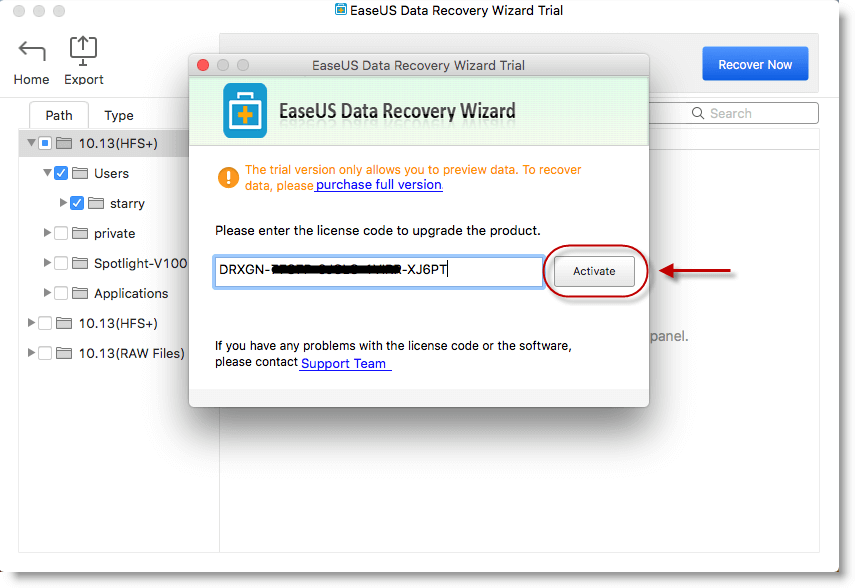고정 헤더 영역
상세 컨텐츠
본문
This example highlights the use of the auto-generated memory map with single address option when you generate a SystemC™/TLM component from a Simulink® model using the tlmgenerator target for either Simulink Coder or Embedded Coder™.In Simulink, each component input or output is bound point-to-point to another component. In SystemC/TLM, each component communicates through a TLM socket. This socket handles all the incoming and outgoing communication formatted inside TLM transactions. Because each system handles communication differently, we must define a communication interface for the SystemC/TLM component when it is generated from a Simulink model. Depending on the intended use of this SystemC/TLM component, this communication interface could require building a memory map (or address) for each input/output in the component. This memory map may be simple or detailed.The auto-generated memory map with single address option generates a TLM component with only one read and one write register with one address each.
Memory Map Licence Keygengurus
The Simulink model inputs are bound to the write register and the outputs are bound to the read register. When created with this option, the generated TLM component could be used in a virtual platform (VP) as a standalone component in a test bench or it could be attached to a communication channel.For this example we use a Simulink model of a FIR filter as the basis of the SystemC/TLM generation.Requirements to run this example.

A hypothetical memory map of bank-switched memory for a processor that can only address 64 kB. This scheme shows 200 kB of memory, of which only 64 kb can be accessed at any time by the processor. The operating system must manage the operation to ensure that program execution can continue when part of memory is not accessible to the processorIn, a memory map is a structure of data (which usually resides in memory itself) that indicates how is laid out. Memory maps can have a different meaning in different parts of the operating system. It is the fastest and most flexible cache organization which uses an. The associative memory stores both the address and content of the memory word.In the, a memory map is passed on from the in order to instruct an about memory layout.
It contains the information regarding the size of total memory, any reserved regions and may also provide other details specific to the architecture.In implementations and, a memory map refers to, which store the mapping between a certain process's virtual memory layout and how that space relates to physical memory addresses.In native programs, a memory map refers to the mapping between loaded executable/library files and memory regions. These memory maps are used to resolve (such as ) to actual symbols.BIOS Memory map The PC BIOS provides a set of routines that can be used by operating system to get memory layout. Some of the available routines are:BIOS Function: INT 0x15, AX=0xE801:This BIOS interrupt call is used by the running OS to get the memory size for 64MB+ configurations.
It is supported by AMI BIOSses dated August 23, 1994 or later. The operating system just sets AX to 0xE801 then calls int 0x15. If some error has happened, the routine returns with CF (Carry Flag) set to 1. If no error, the routine returns with CF clear and the state of registers is described as following:RegisterValue DescriptionEAXExtended memory between 1M and 16M, in KB.




